Why the Fujifilm X100V is a better street photography camera than my iPhone 11 Pro
Opinion: There are some things that computational photography can't solve
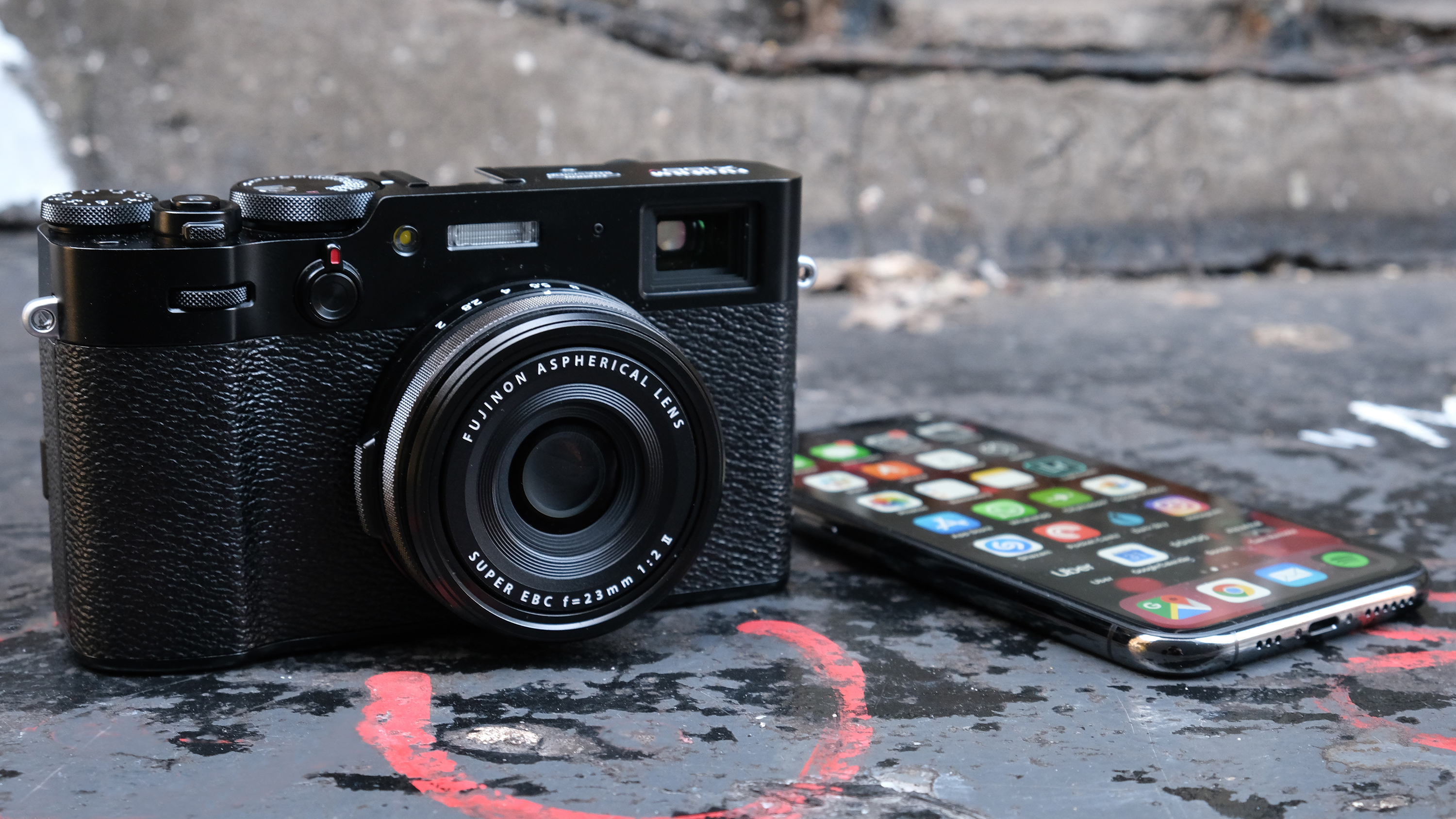
Do we really still need compact cameras in 2020? After all, the iPhone 11 Pro is one of the best travel cameras ever made and smartphones in general have delivered a Terminator-style Judgment Day on point-and-shoot cameras. But the Fujifilm X100V has provided a timely reminder that dedicated cameras, even compacts, can still be essential photography tools. Yes, even in the age of incredible phone cameras.
How so? Having spent a few hours with the Fujifilm X100V – and a little longer with its predecessors – I can say that it comes closer than anything to packing traditional camera strengths into a pocket-friendly form factor. If my iPhone often feels like the photographic equivalent of getting an Uber, the X100V is like tearing around country lanes in a Mazda MX5.
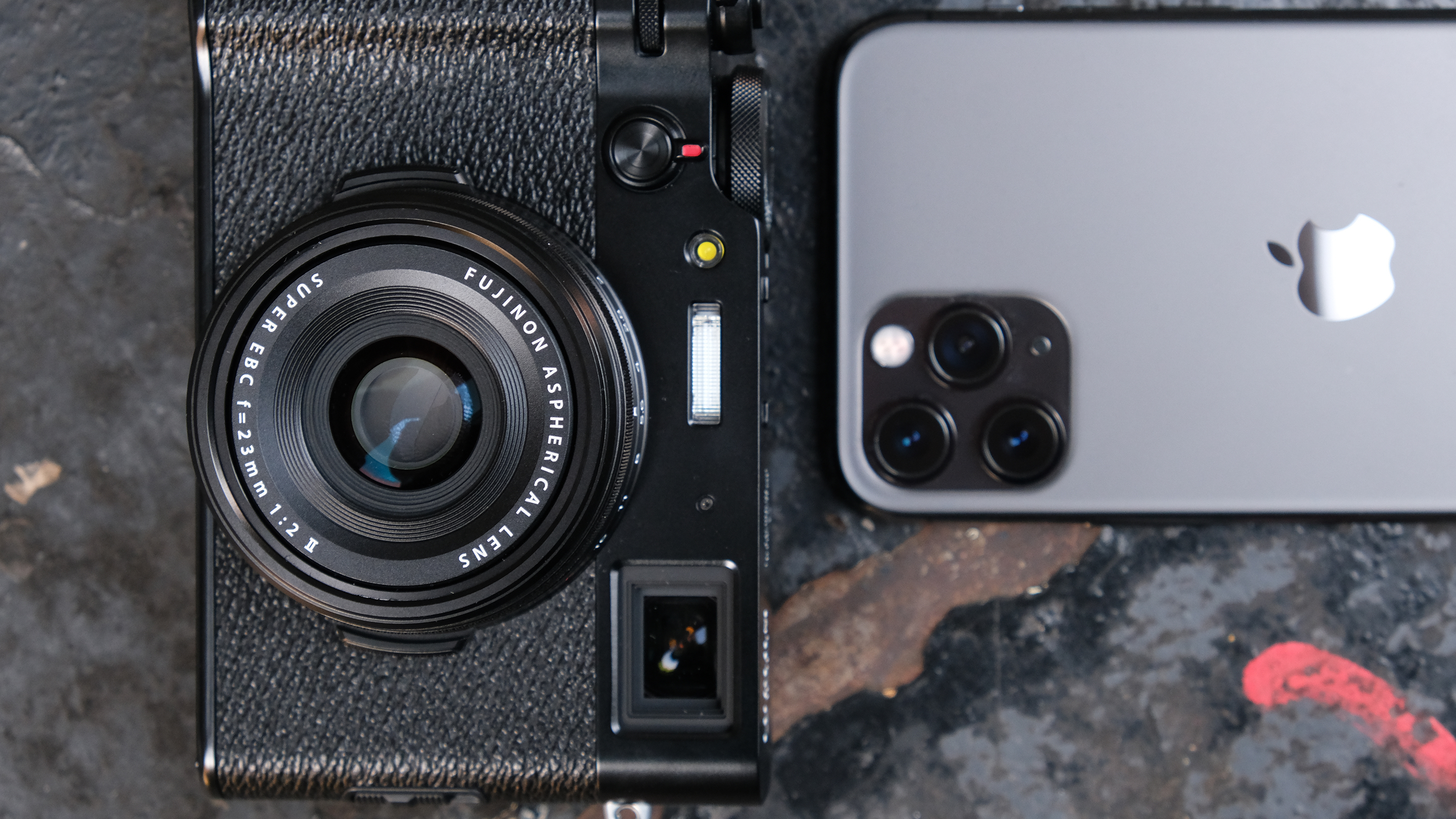
This is less a debate about outright image quality – I haven't spent quite long enough with the X100V to make definitive statements about that yet – but more about the X100V as a concept and street photography sidekick.
The thing this camera succeeds at most is creating a perfectly evolved, walkaround 'shooting experience'. But as that sounds a bit like a misty-eyed audiophile praising the 'warmth' of their tube amp, I’ll be a little more specific. Here are the five X100V features that make it a better street photography ally than my iPhone 11 Pro (and a few areas where it still falls short).
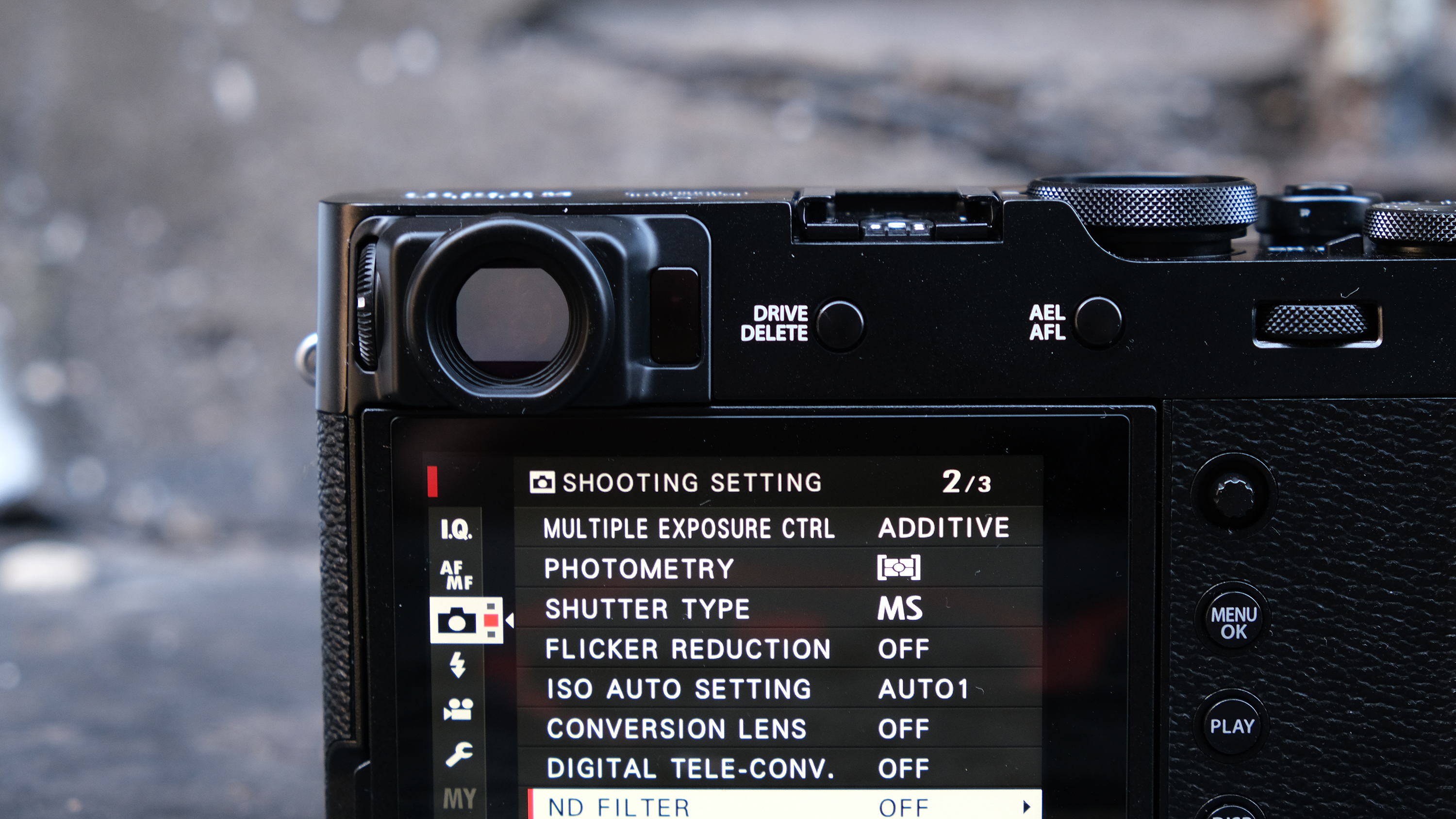
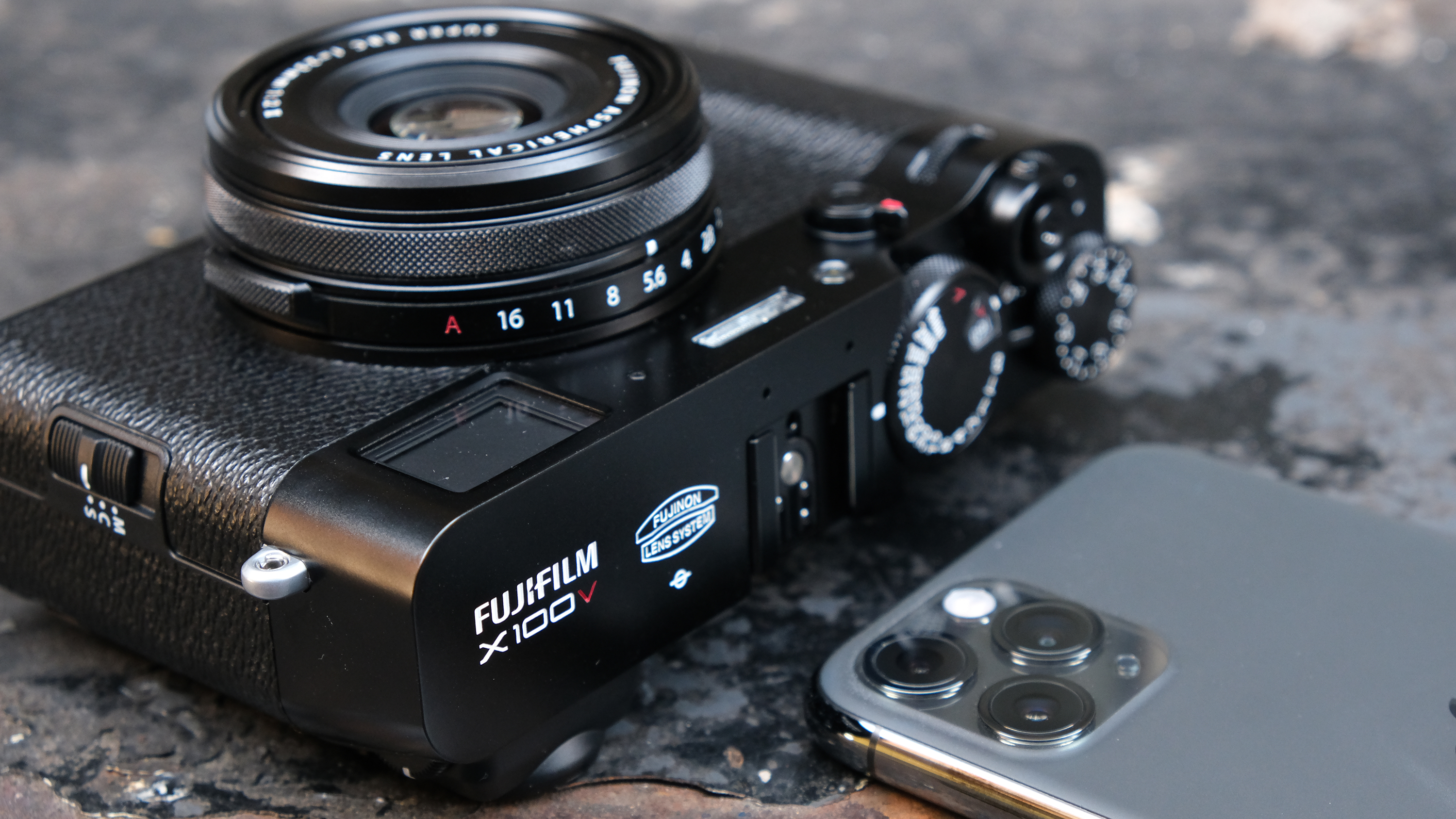
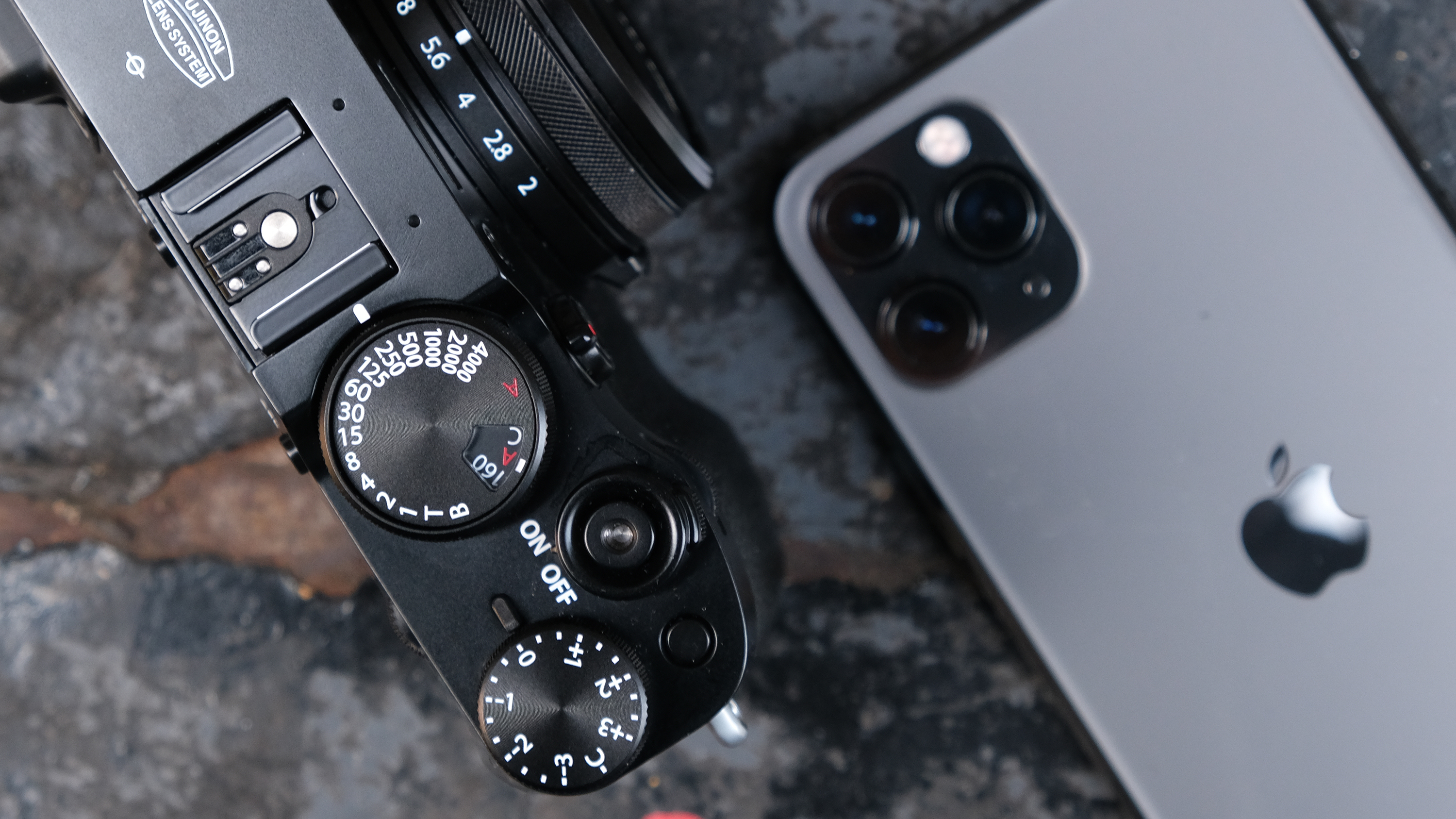
- These are the best cameras for beginners you can buy right now
The X100V's special sauce
Like many of today’s flagship phones, the iPhone 11 Pro is a brilliant pocket camera. But for those who want to make photography their creative hobby, rather than just a way to record their life, dedicated cameras like the Fujifilm X100V can offer five features that help make them superior tools for everyday creative snapping.
These are: a viewfinder (to help you compose shots in bright sunlight), a tilting screen (so you can frame shots from high and low angles), a large sensor (to preserve image quality without the need for computational stacking), weather resistance and, finally, handling that’s a lot more comfortable than holding a glossy rectangle.
The great thing about the X100V is that, for the first time, it now offers all five of these in a camera that slips into a large jacket pocket. In this sense, it's unique. As we'll see below, it's not a perfect camera (that doesn't exist), but it is one that knows exactly what it is – a super-desirable street or travel sidekick – and doubles down on those advantages.
Get daily insight, inspiration and deals in your inbox
Sign up for breaking news, reviews, opinion, top tech deals, and more.
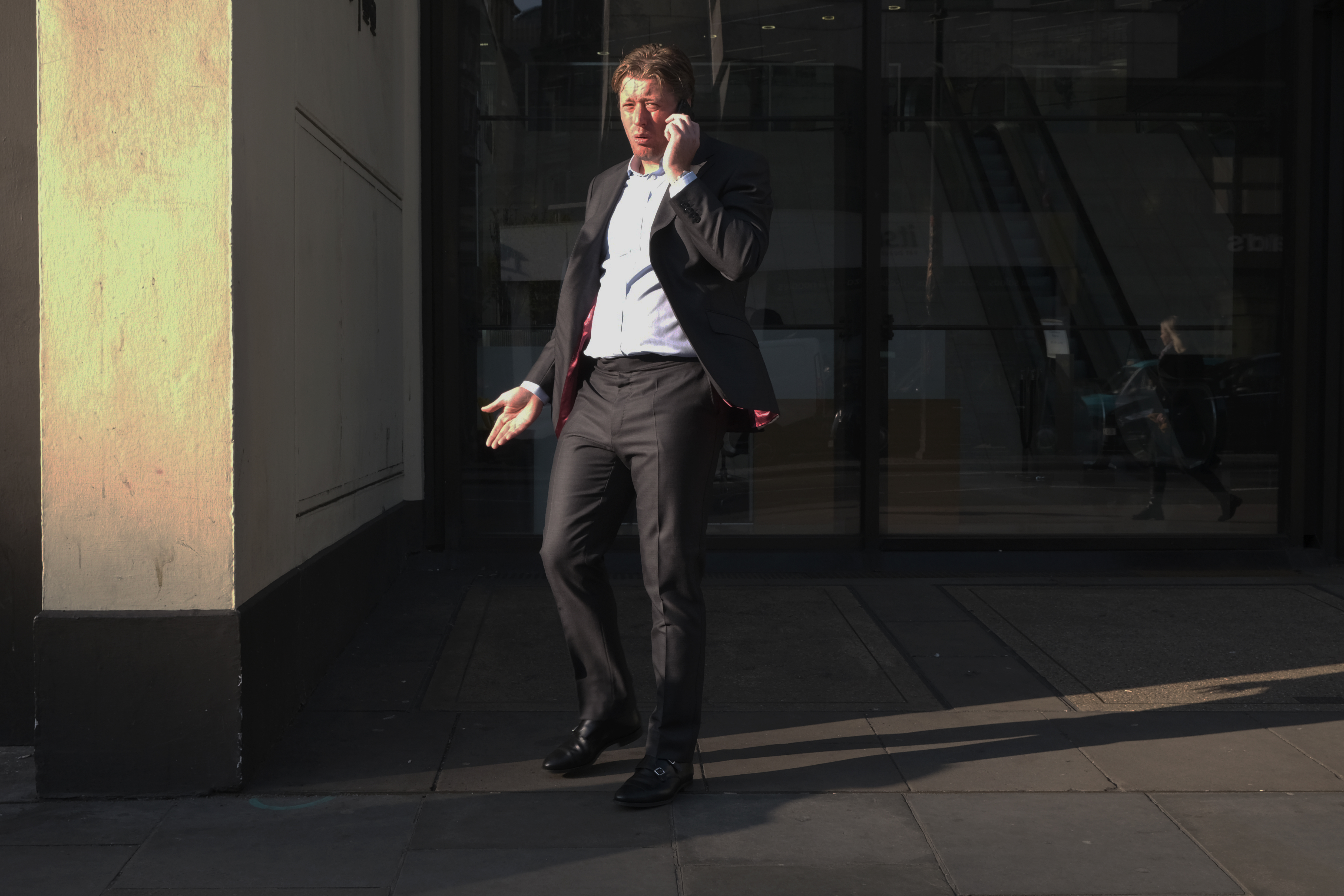
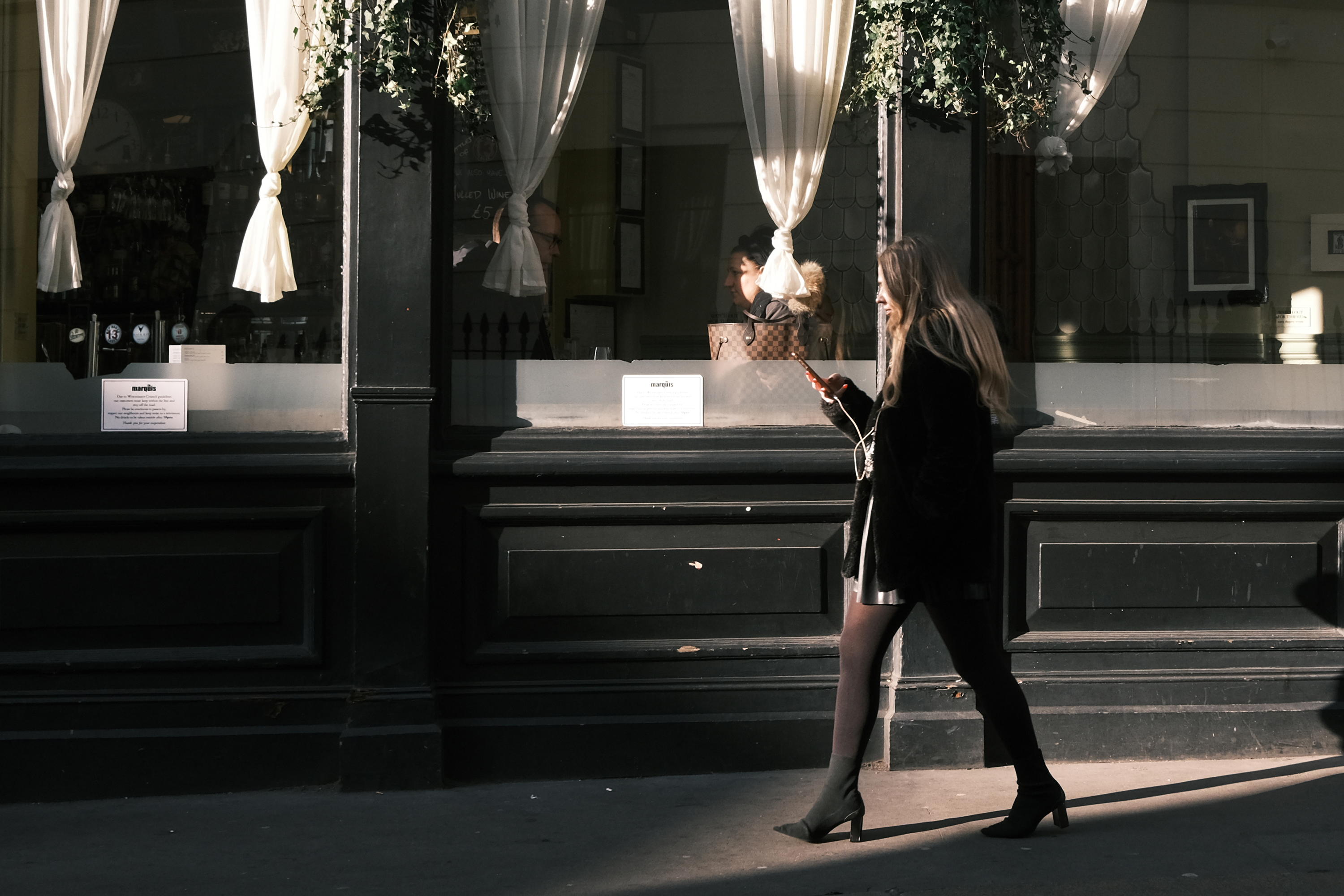
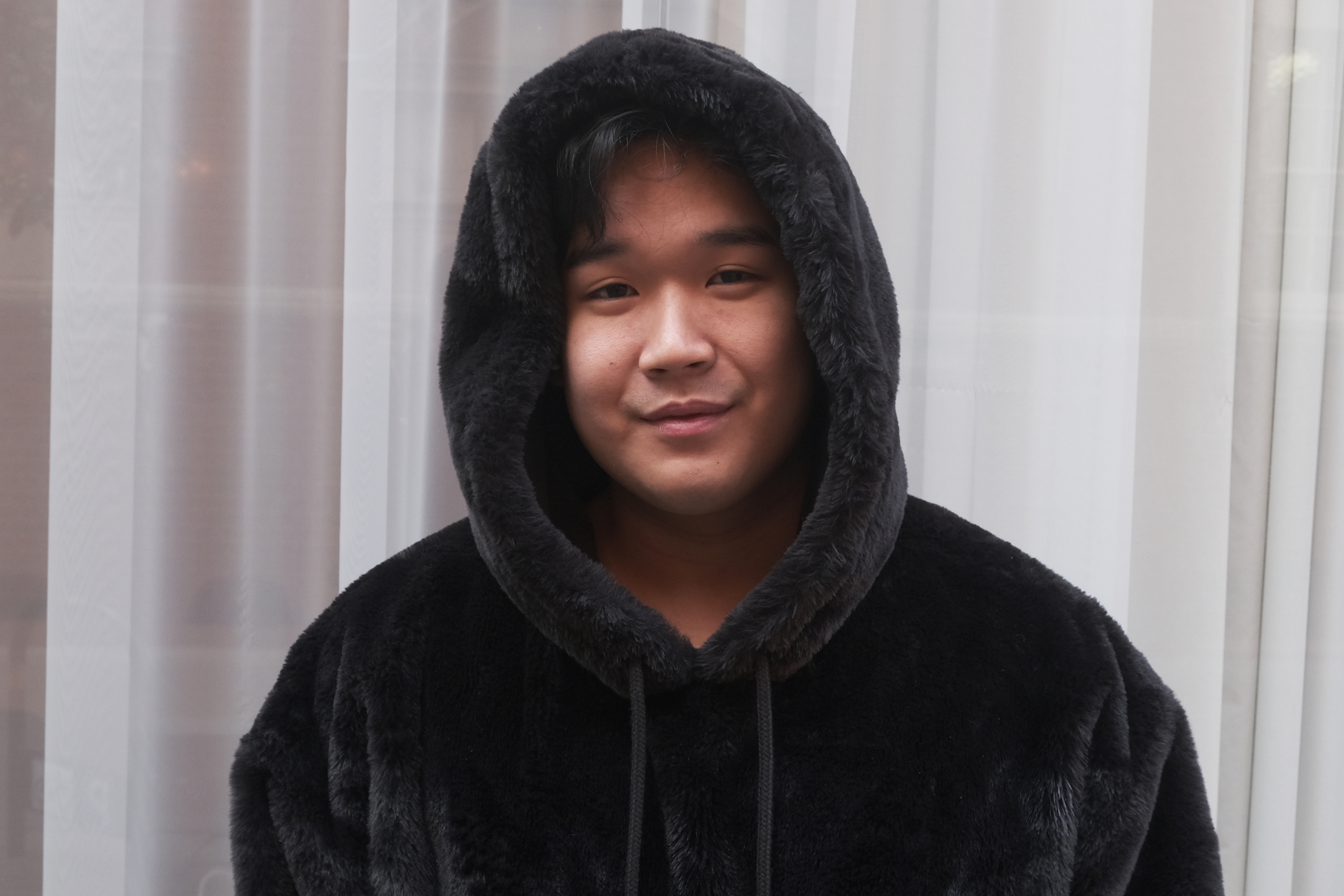
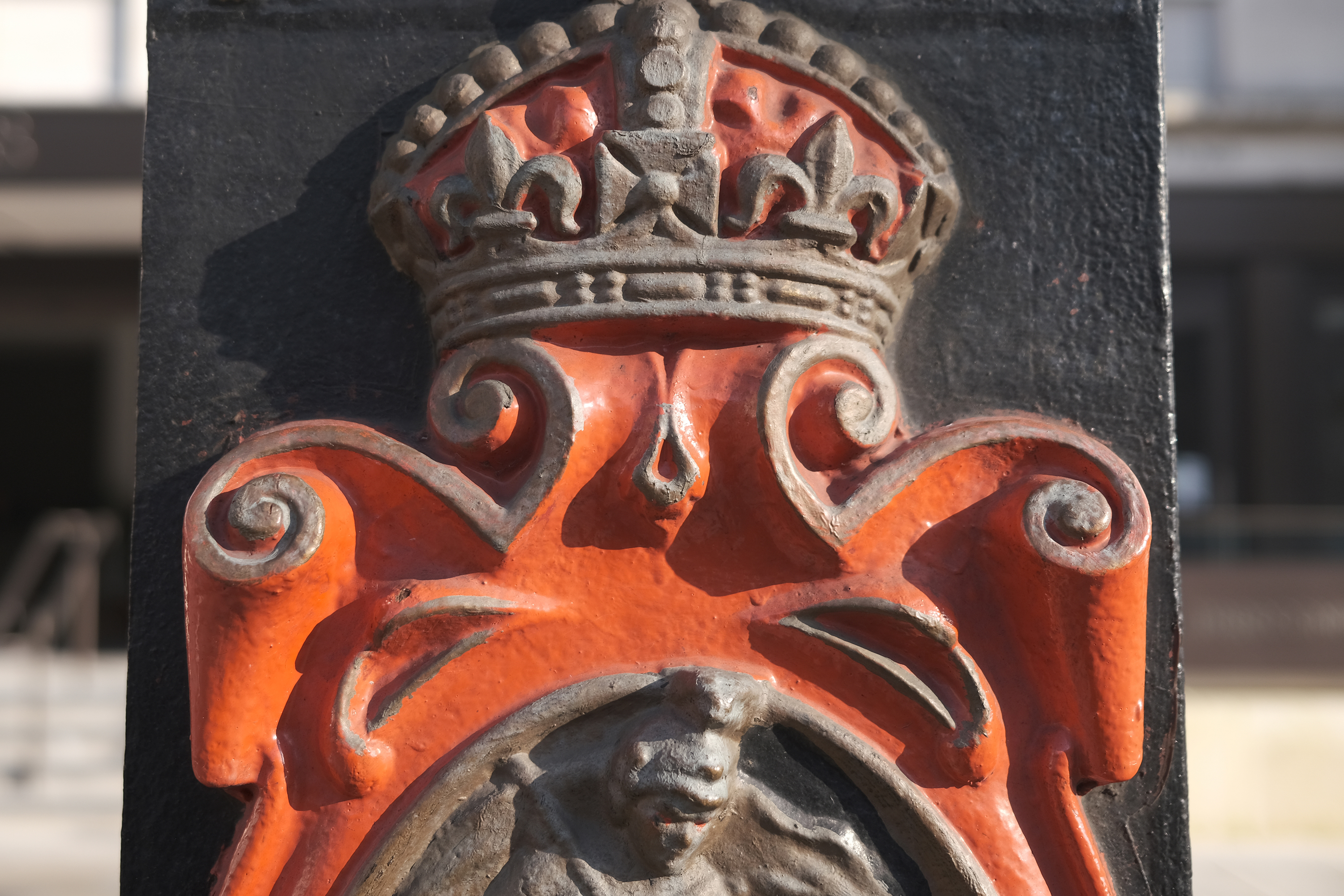
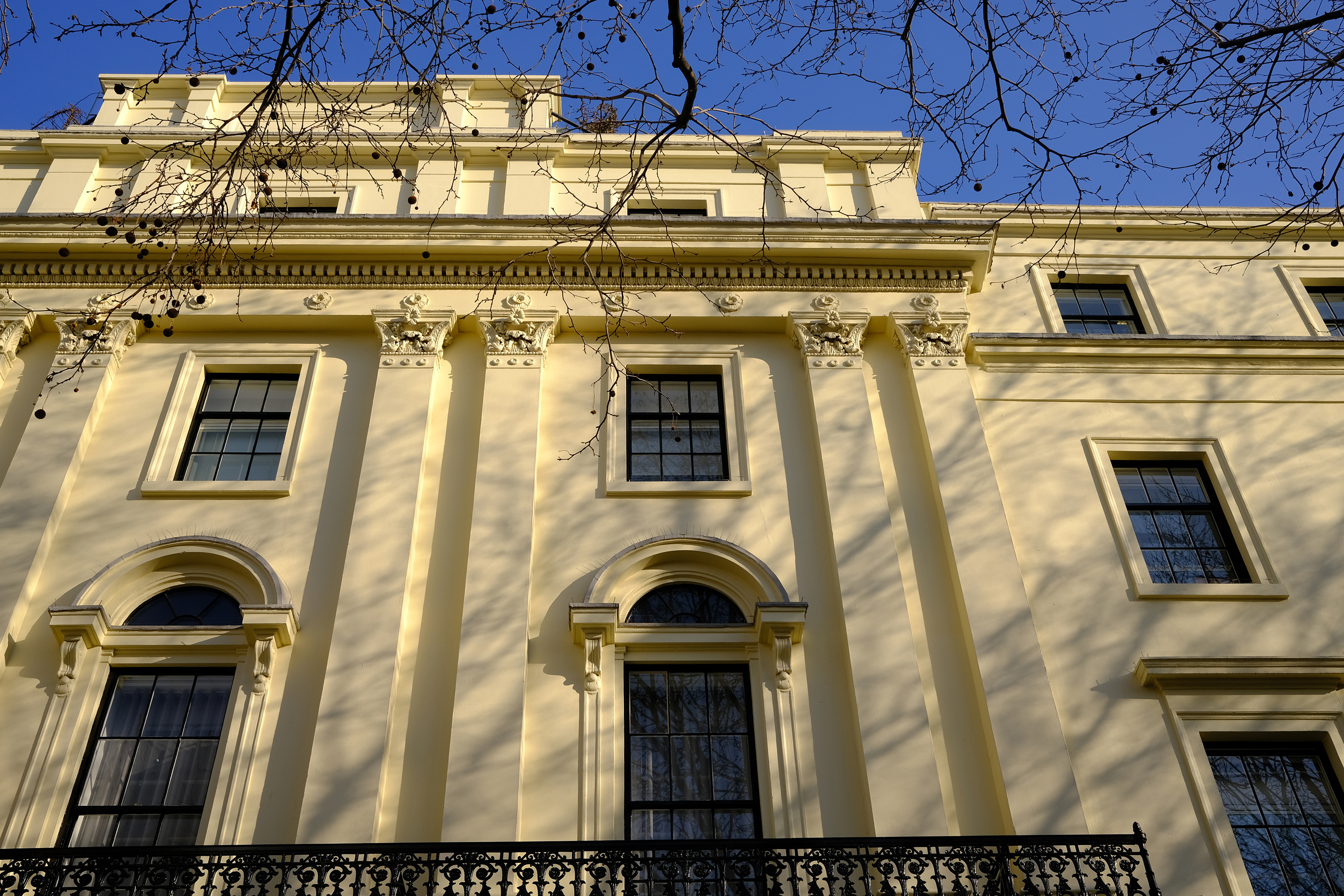
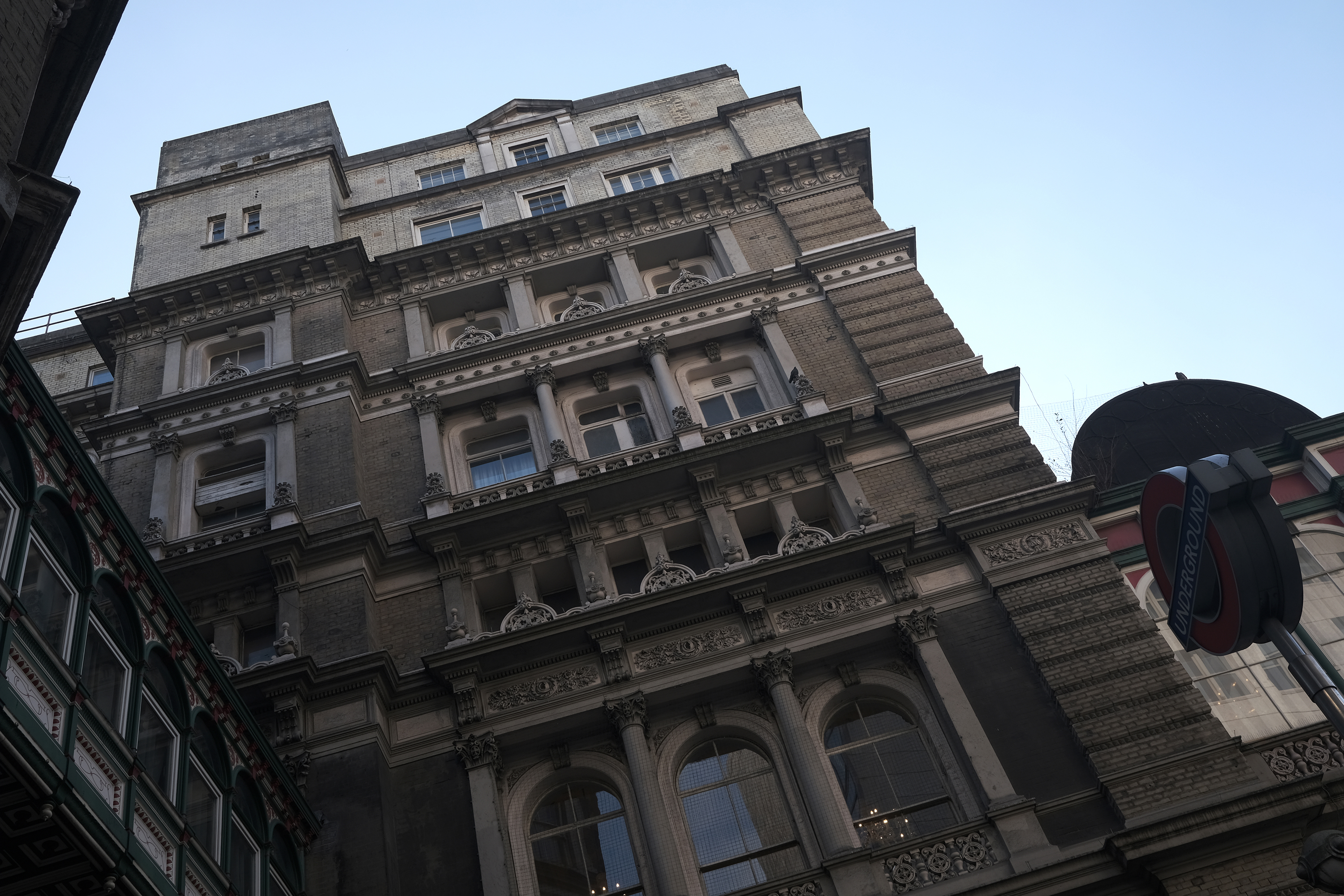
For me, the game-changer on the X100V is its tilting screen. This is something that the otherwise excellent Panasonic LX100 II – another take on the 'big sensor compact' – sadly lacks. It's also something that's tricky to add to a smartphone.
The benefit is being able to take ground-level shots that can really add a sense of drama to a scene, or easily take photos above crowds. It doesn't sound much, but it's hard to go back once you're used to it – and the brilliance of the X100V's screen is that it's completely flush with the back of the camera when folded away, making it virtually invisible when you don't need it.
Another big advantage over my iPhone 11 Pro is the hybrid viewfinder. This isn't huge compared to larger cameras, but it's certainly big enough to comfortably use during those moments when the sun's shining bright and you don't want to squint at a screen. The boosted 3.69 million-dot resolution helps too. While the hybrid aspect of the viewfinder – you can toggle between a traditional optical viewfinder and the EVF using the switch on the front – is something of a novelty, the EVF is a big bonus over smartphone shooting.
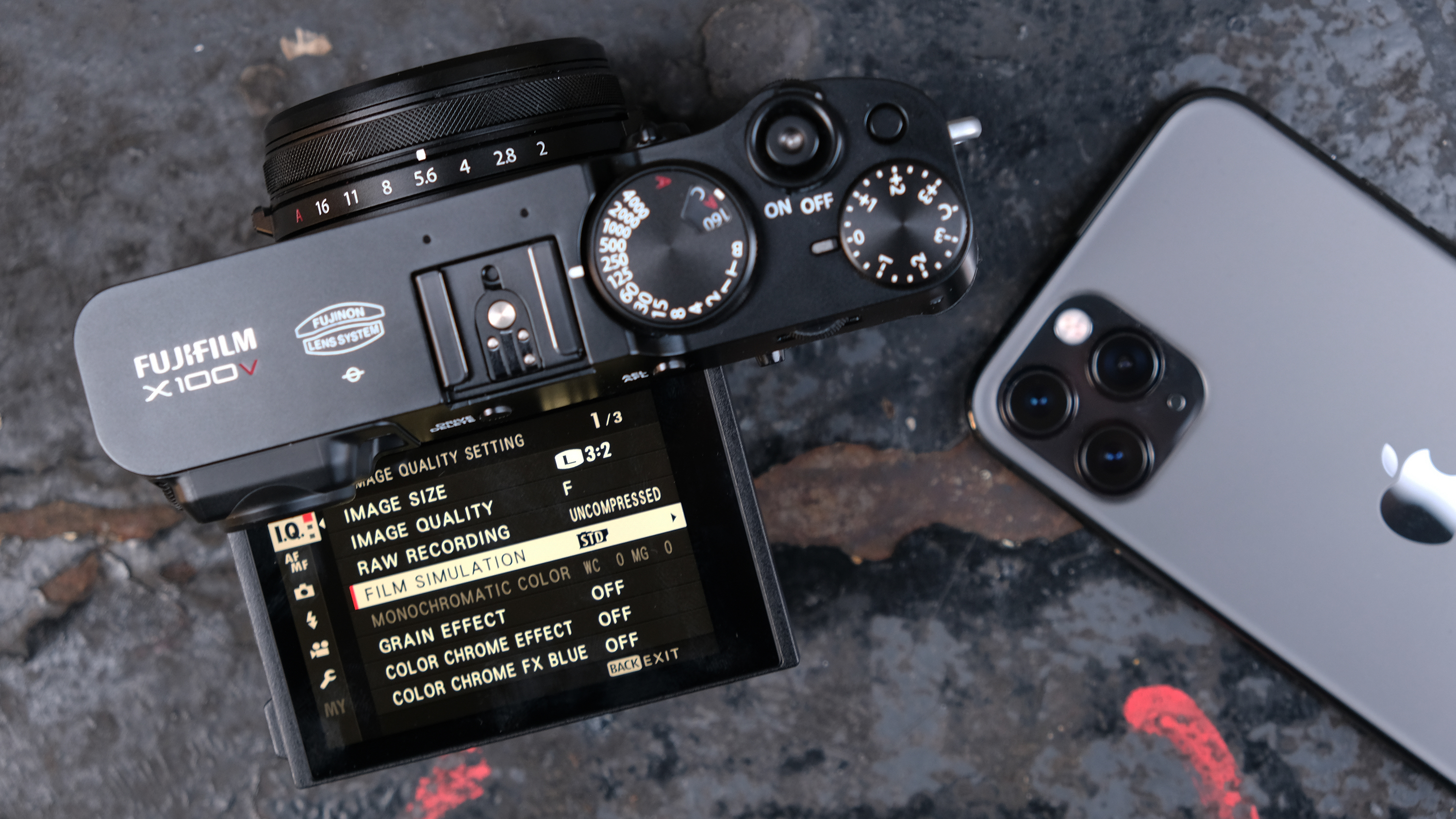
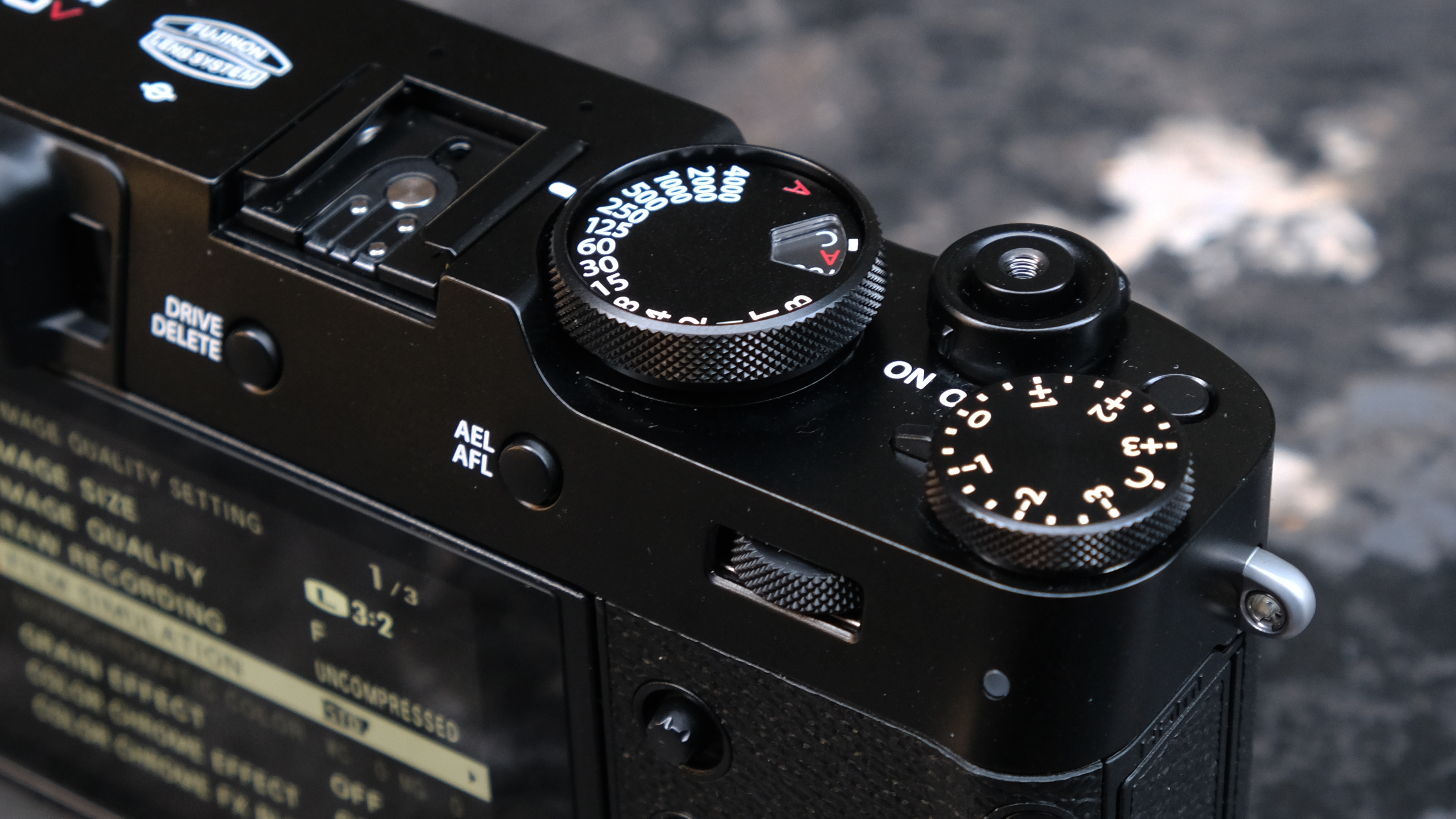

While I think comfortable handling, a viewfinder and a tilting screen are all unequivocally great things to have in a hobbyist street photography camera, some of the Fujifilm X100V's other 'advantages' over smartphones like the iPhone 11 Pro are more down to personal taste.
One of those is dials and manual controls. At this point, it seems fair to acknowledge that the iPhone 11 Pro is now way more than a point-and-shoot camera. Apps like Halide have done a brilliant job of reinventing manual camera controls for button-less, touchscreen slabs – features like exposure, shutter speed, ISO and even focus peaking are just a couple of swipes away.
But do I look forward to taking my iPhone out for an afternoon of aimless wandering through London in the same way that I did with the X100V? No, and I'd argue that the X100V's physical dials and buttons remain the best way for beginners to learn the photography basics, as it really helps drum home the exposure triangle.
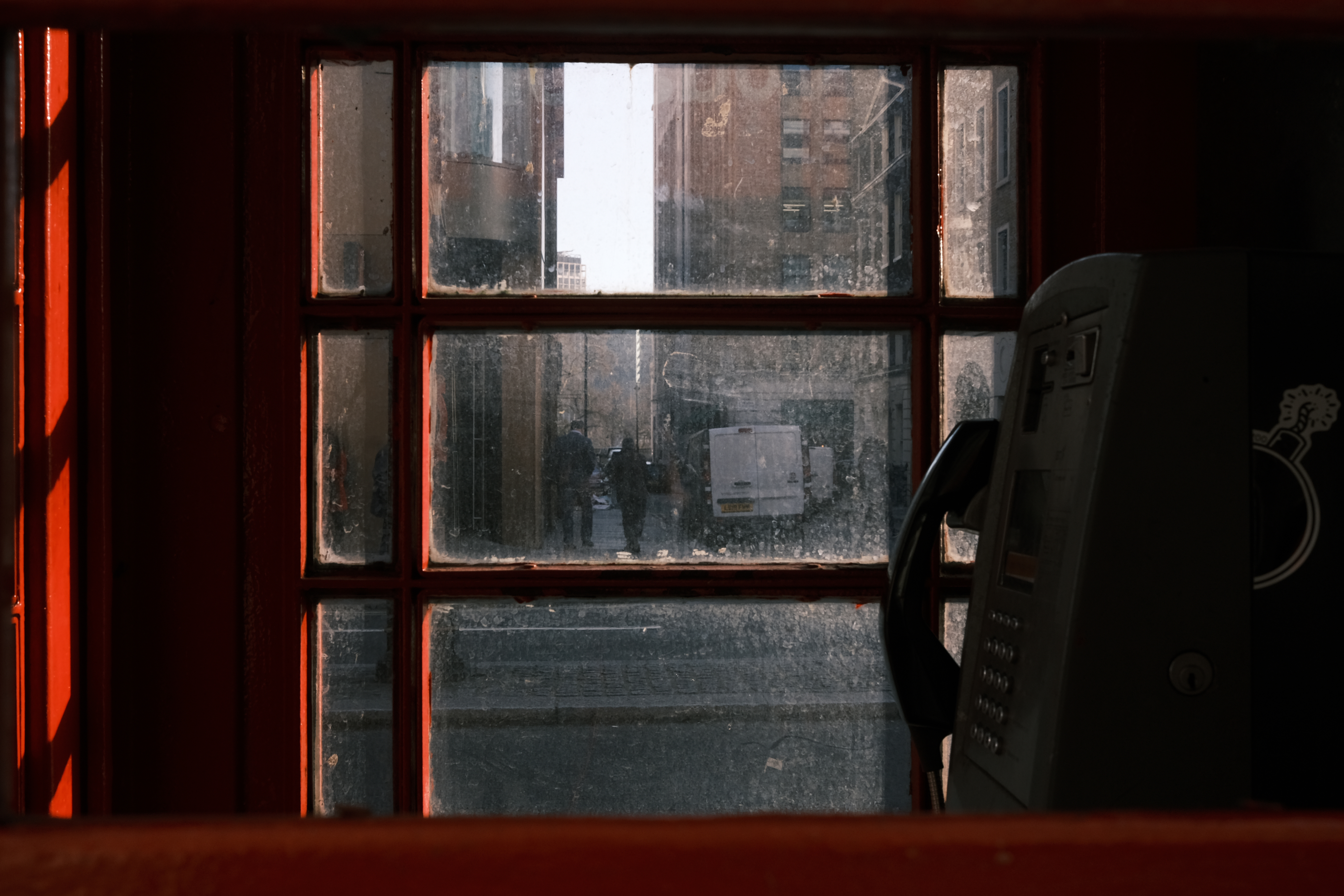
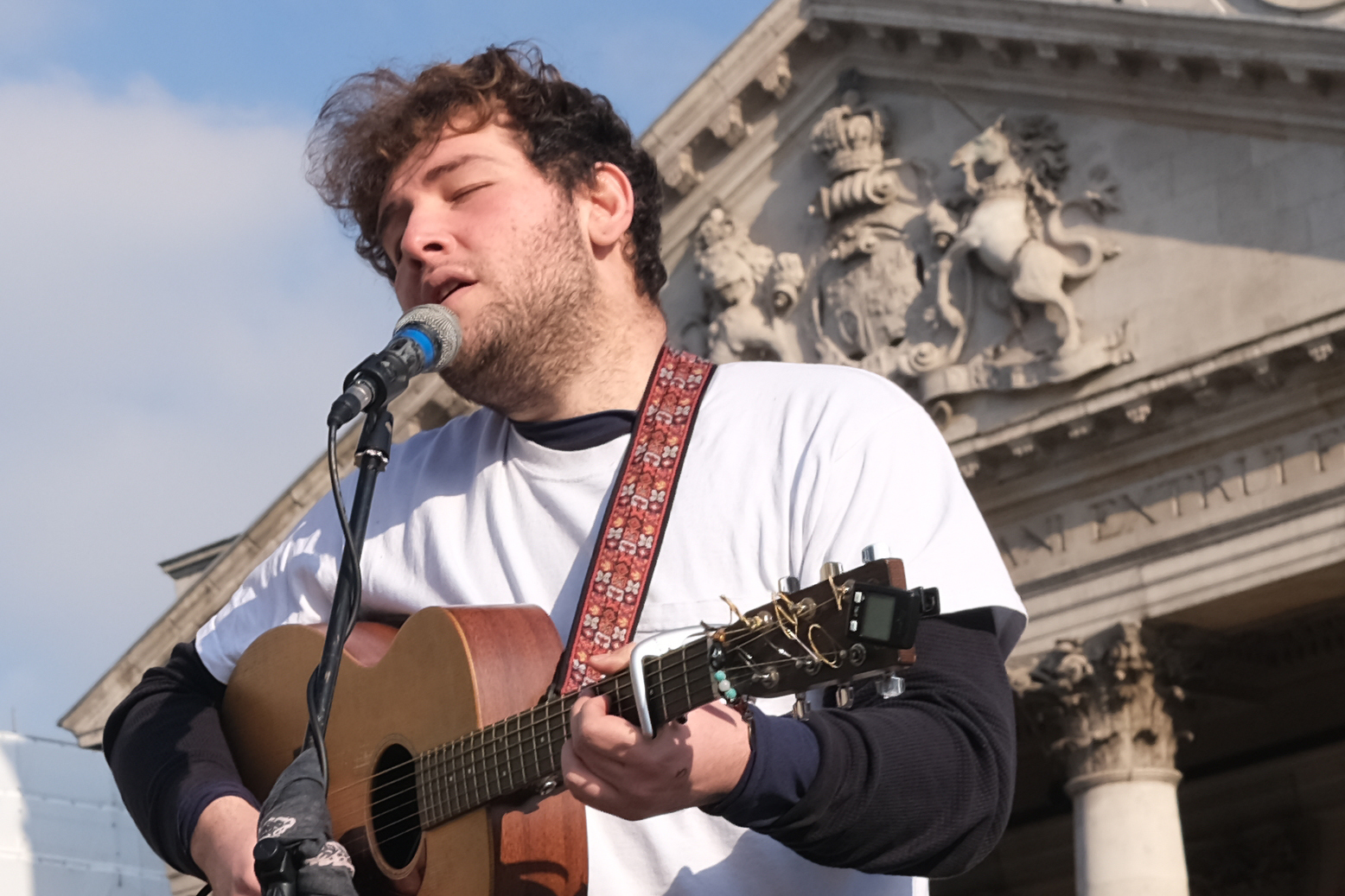
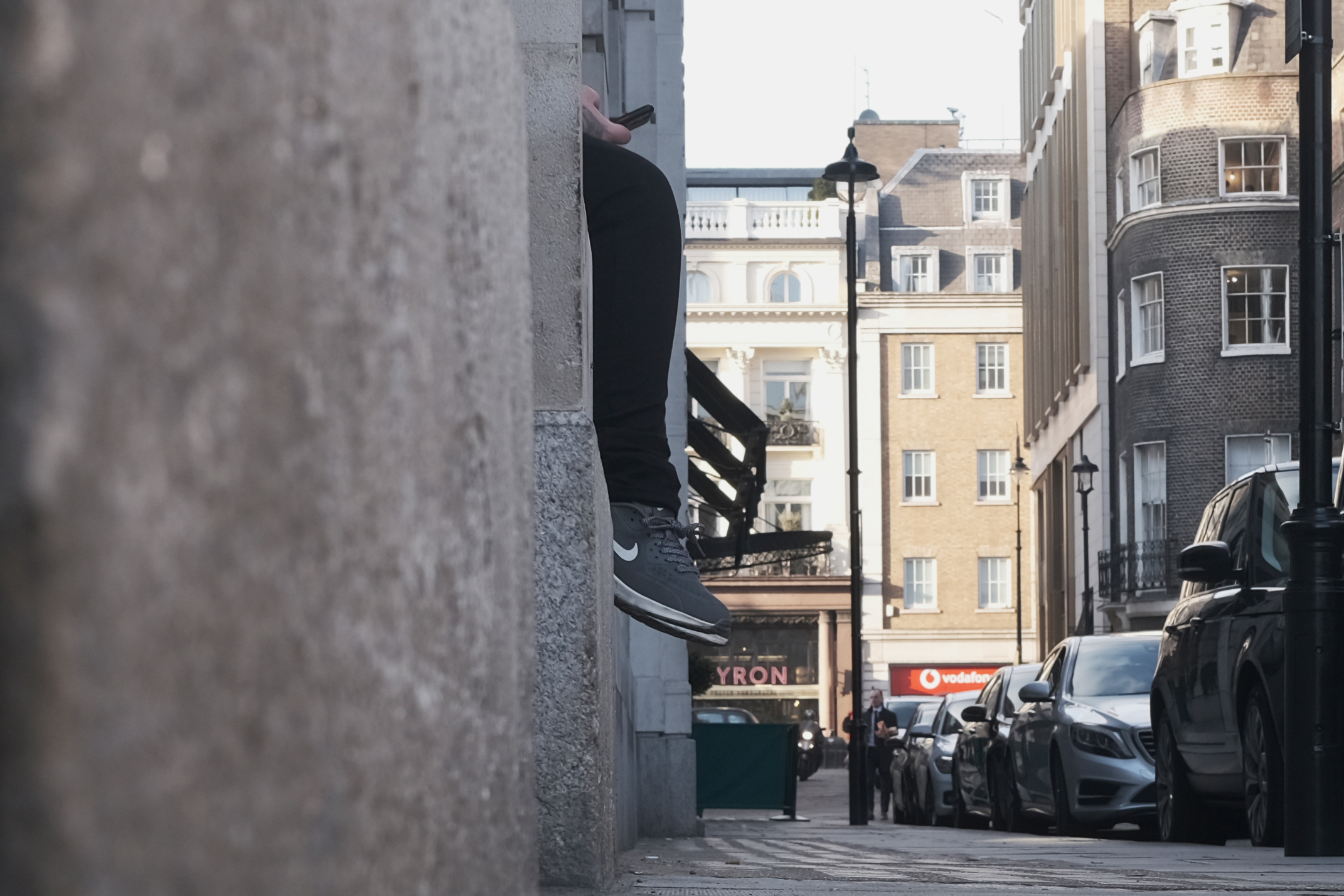
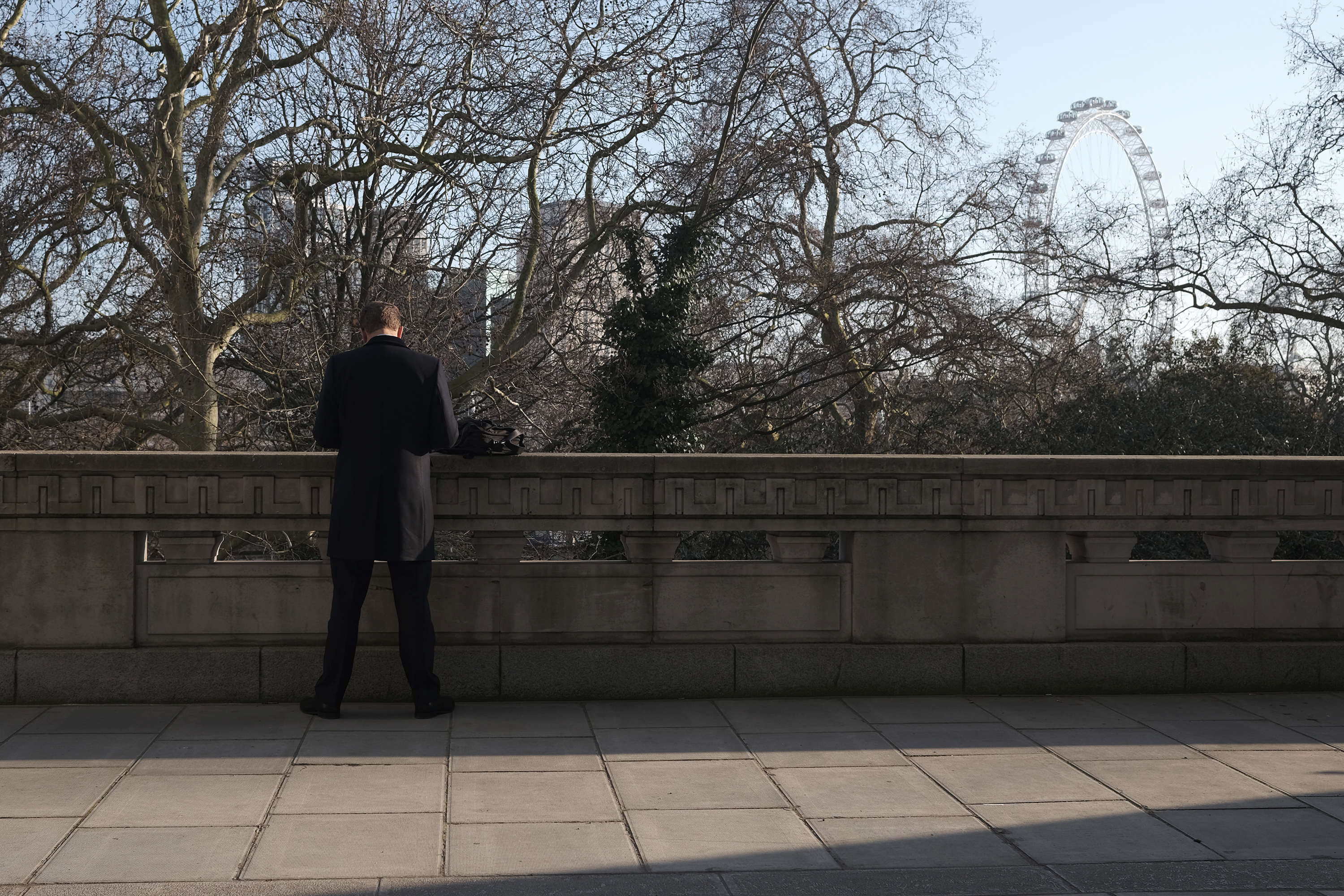
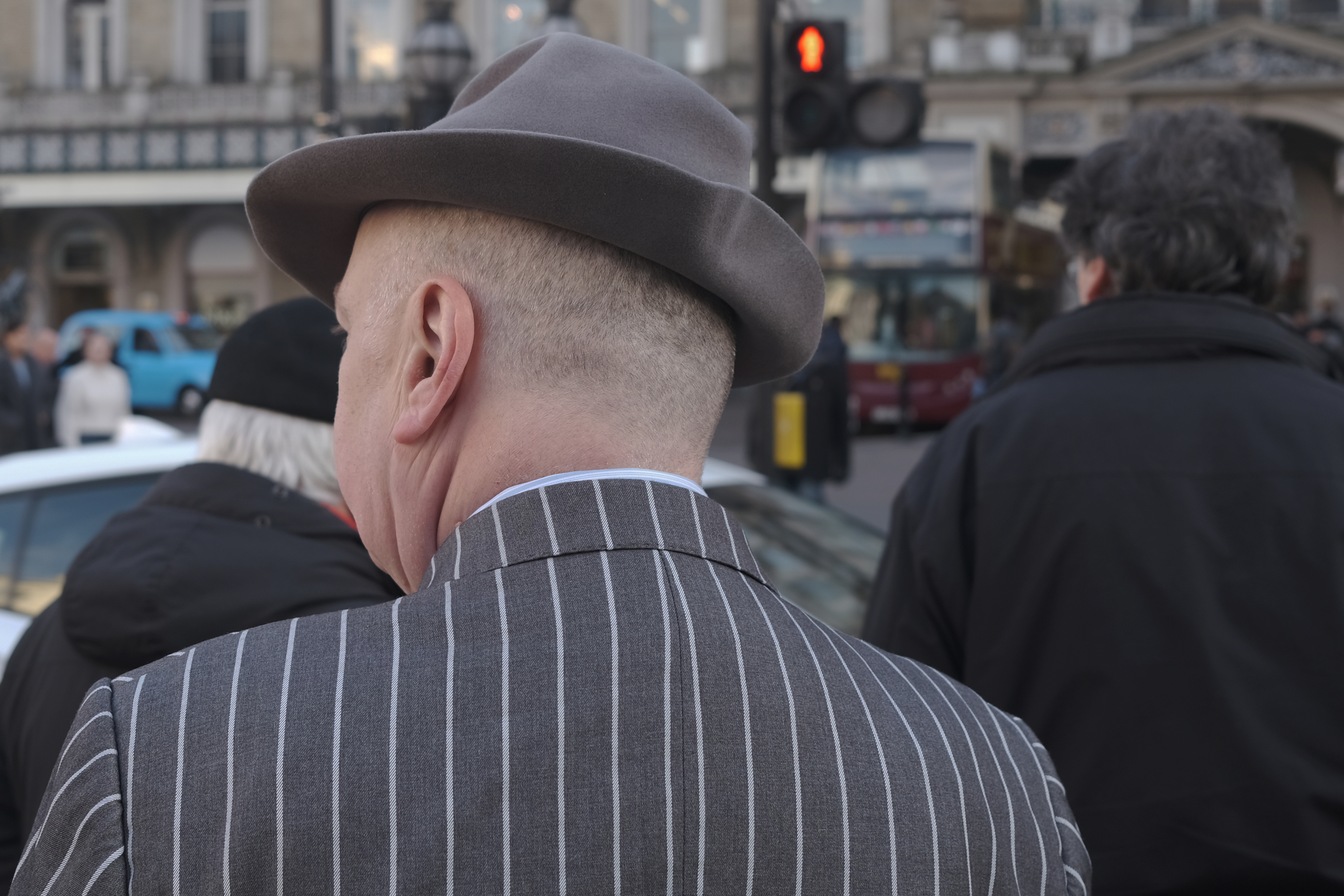
- These are the world's best cameras for photography
The case against
Of course, every camera is a compromise, and the X100V’s main limitation is that it has a fixed 23mm f/2 lens. That’s right, just as we get phones with 10x optical zoom, Fujifilm releases a $1,399 / £1,299 camera with a fixed focal length.
But wait! One of the most common tips for developing your photography skills is to shoot with a prime lens, as it forces you to be more creative with your composition and exposure. And while there were times I craved the reach of a 50mm equivalent, the X100V's 23mm f/2 lens – which seems to be sharper than its predecessors when shooting wide open – does indeed provide some helpful limitations for creative street shooting.
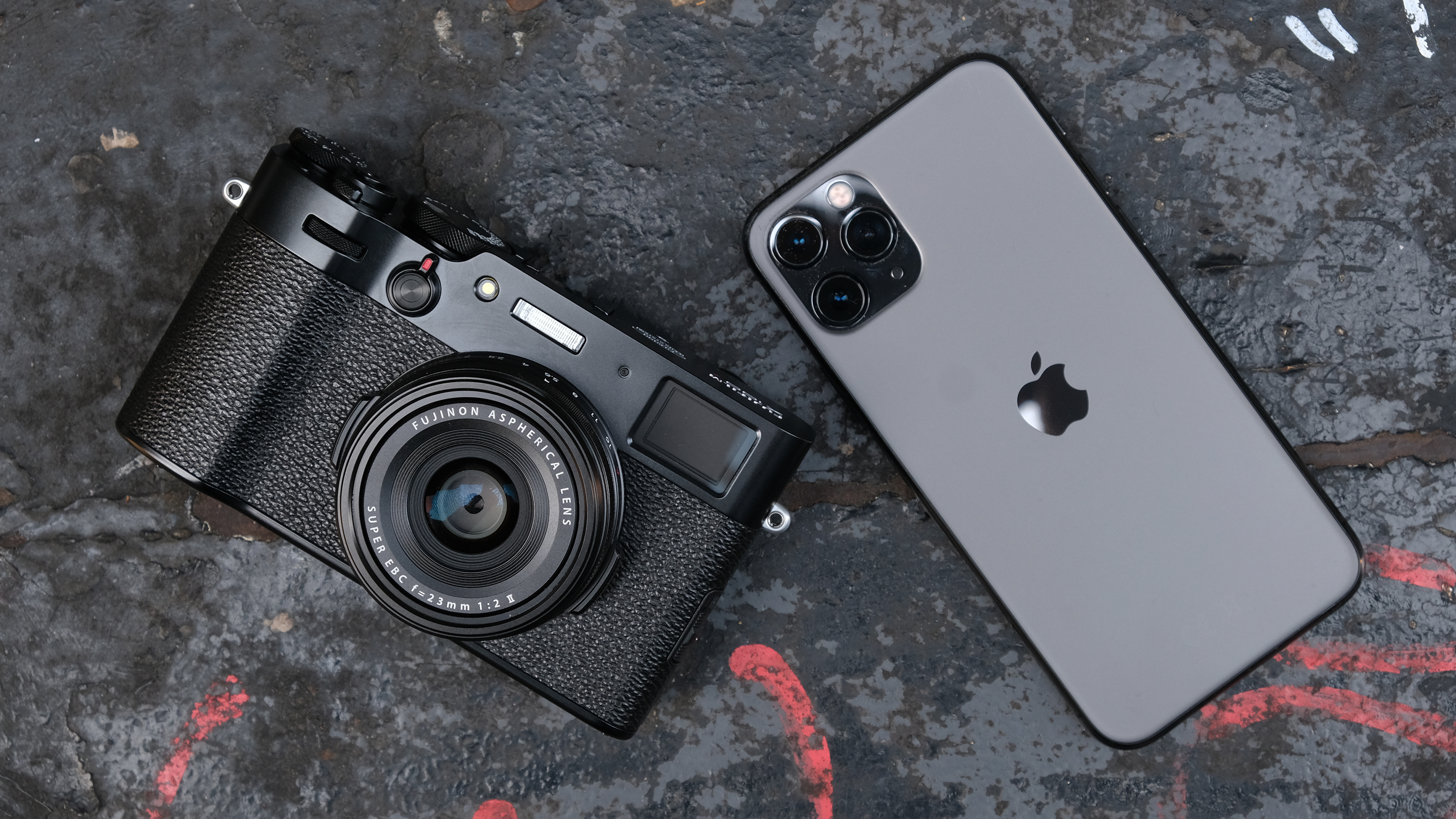
For me, the greater disadvantage of the X100V compared to my iPhone 11 Pro is the latter's supreme connectivity and in-camera processing options. From a traditional camera standpoint, there doesn't appear to be much else Fujifilm could have added to the X100V. But when you look at it in the context of the smartphone revolution, the X100V can still sometimes feel like it's from another age.
For example, the long-awaited Zeiss ZX1 at least offered the promise of built-in Adobe Lightroom on a premium compact camera. Where are the X100's basic, in-camera editing options or iPhone-style Night Mode for a quick, Instagram-ready photo?
To be fair, the X100V does have a new in-camera HDR mode, along with Fujifilm's fantastic range of Film Simulations, which can be a great starting point (and end point) for your photo edits. But standalone cameras like this aren't likely to jump on the computational bandwagon anytime soon, given the amount that Google and Apple have pumped into helping phones transcend their physical limitations. Perhaps they never will, but that doesn't mean you won't sometimes miss your phone's immediacy and flexibility.
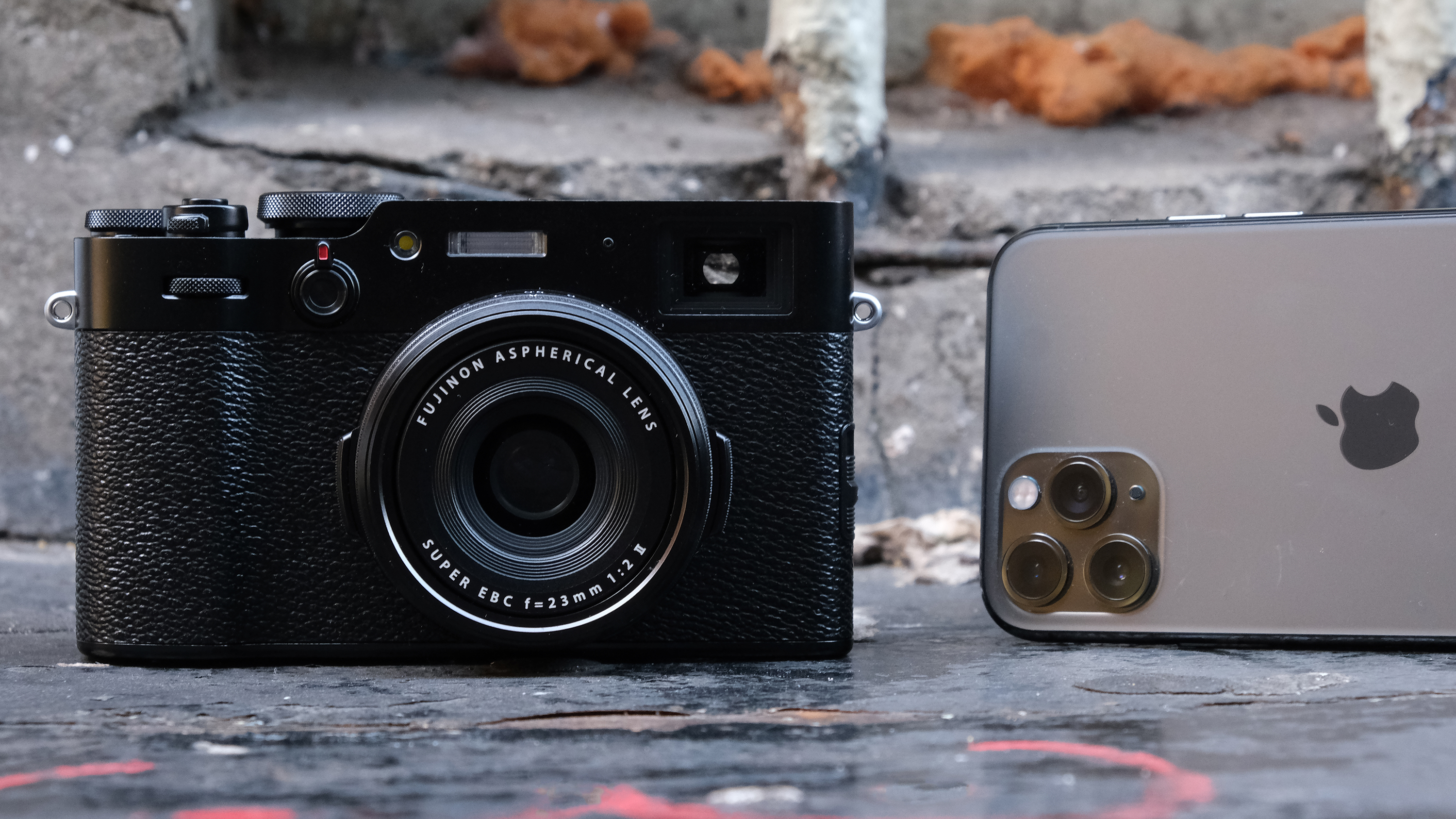
Despite all of this, and a few other sightly annoying quirks – like the need to add an optional adaptor and filter to make it properly weather-proof – the Fujifilm X100F is so far one of the finest street photography cameras I've used and a superior tool to my iPhone 11 Pro when used in that context.
The autofocus feels quicker than its predecessors, and it's a lovely camera that strangers genuinely warm to rather than, in the case of DSLRs, recoil from. One person even approached me to ask about the camera and their photo taken.
Of course, the X100V is no replacement for taking photos with my iPhone 11 Pro and it's far from a travel all-rounder. But it is a great blueprint for how cameras can still thrive in a world of rapidly evolving smartphones.
- These are the best camera phones in the world right now
- Or read about the best compact cameras you can buy
- Read our in-depth Hands on: Fujifilm X100V review

Mark is TechRadar's Senior news editor. Having worked in tech journalism for a ludicrous 17 years, Mark is now attempting to break the world record for the number of camera bags hoarded by one person. He was previously Cameras Editor at both TechRadar and Trusted Reviews, Acting editor on Stuff.tv, as well as Features editor and Reviews editor on Stuff magazine. As a freelancer, he's contributed to titles including The Sunday Times, FourFourTwo and Arena. And in a former life, he also won The Daily Telegraph's Young Sportswriter of the Year. But that was before he discovered the strange joys of getting up at 4am for a photo shoot in London's Square Mile.